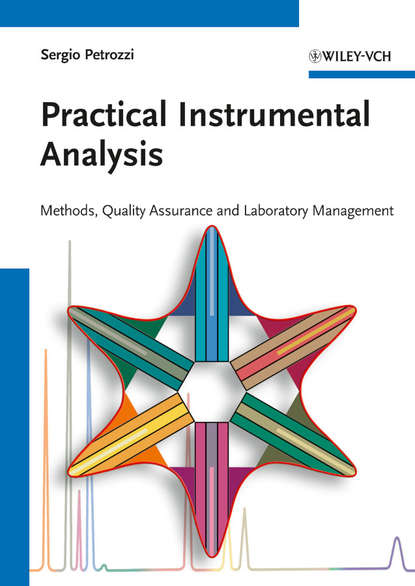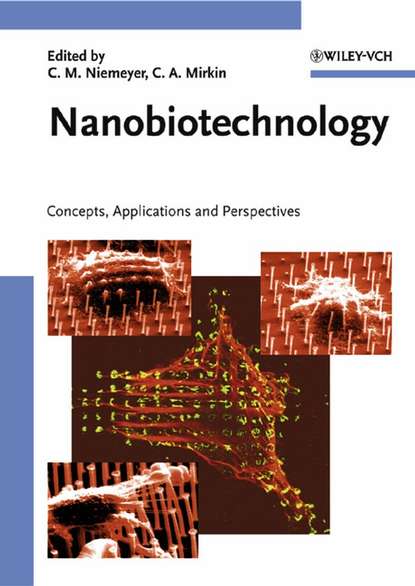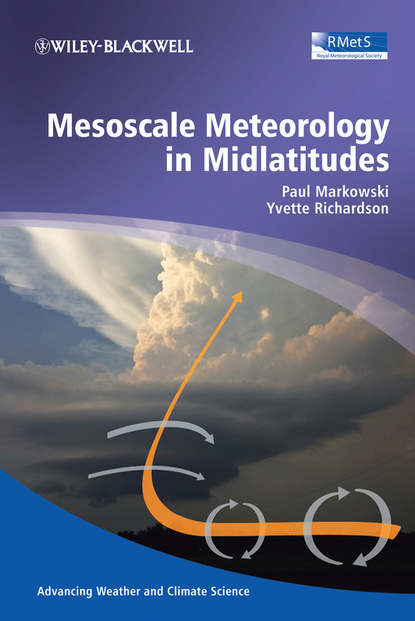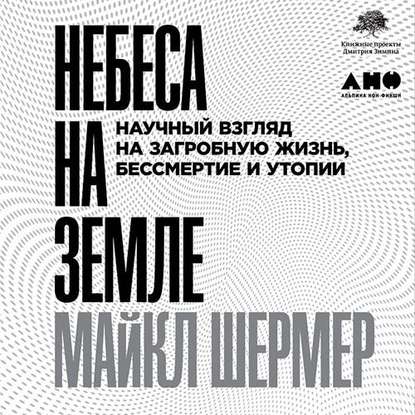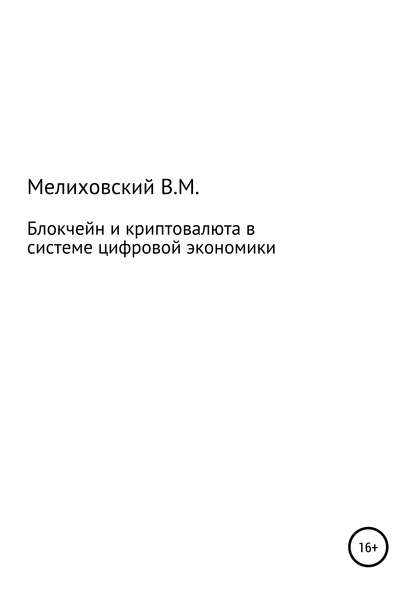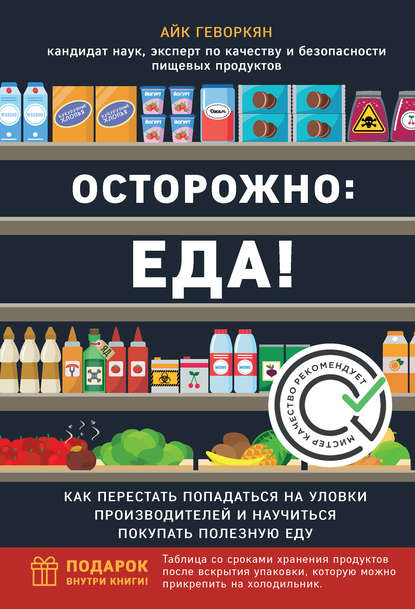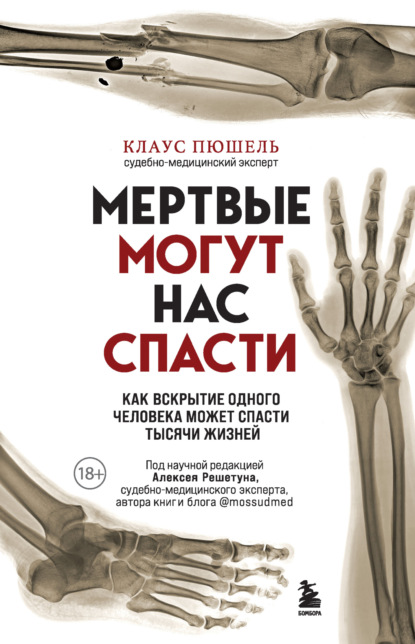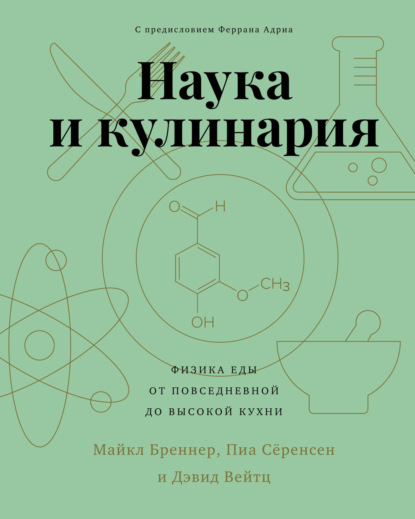Книга "Practical Instrumental Analysis. Methods, Quality Assurance and Laboratory Management" представляет собой практическое руководство по инструментальному анализу, которое предоставляет обзор важных методов анализа и позволяет читателю овладеть техниками работы аналитического химика для разработки методов и проведения валидации, не зависящих от конкретных технологий. В книге описывается, что аналитики в своей роли решателей проблем оказывают услуги определенным группам клиентов, то есть решение проблемы должно быть обработано таким образом, чтобы оно было "пригодно для использования". Книга представляет шестнадцать экспериментов в лабораторных курсах аналитической химии, включающих хроматографические процедуры, атомно-спектральные методы, датчики и специальные методы (например, фракционирование потока поля, метод анализа внедренного потока и определение азота по методу Кьельдаля). Тщательно выбранные сочетание теоретического описания методов анализа и детальных инструкций отличают эту книгу. Инструкции к экспериментам настолько подробны, что измерения в большинстве случаев можно проводить без дополнительной литературы. Книга дополняется советами по эффективному поиску литературы и баз данных по темам организации и практическому ходу экспериментов в аналитической лаборатории, использованию лабораторных журналов, написанию технических отчетов и их оценке (Руководство по оценке лабораторных экспериментов). Небольшое введение в управление качеством, краткий обзор истории аналитической химии, подробный приложение по вопросам безопасности в аналитических лабораториях и краткое введение в новую систему классификации и маркировки химических веществ с использованием "Глобально согласованной системы классификации и маркировки химических веществ (GHS)" завершают эту книгу. Эта книга является незаменимым рабочим пособием для студентов, ассистентов-стажеров и преподавателей (в области химии, биотехнологии, пищевых технологий и экологической технологии) в основной программе обучения анализу в университетах и вузах прикладных наук.
Электронная Книга «Practical Instrumental Analysis. Methods, Quality Assurance and Laboratory Management» написана автором Sergio Petrozzi в году.
Минимальный возраст читателя: 0
Язык: Английский
ISBN: 9783527665921
Описание книги от Sergio Petrozzi
This practical book in instrumental analytics conveys an overview of important methods of analysis and enables the reader to realistically learn the (principally technology-independent) working techniques the analytical chemist uses to develop methods and conduct validation. What is to be conveyed to the student is the fact that analysts in their capacity as problem-solvers perform services for certain groups of customers, i.e., the solution to the problem should in any case be processed in such a way as to be «fit for purpose». The book presents sixteen experiments in analytical chemistry laboratory courses. They consist of the classical curriculum used at universities and universities of applied sciences with chromatographic procedures, atom spectrometric methods, sensors and special methods (e.g. field flow fractionation , flow injection analysis and N-determination according to Kjeldahl). The carefully chosen combination of theoretical description of the methods of analysis and the detailed instructions given are what characterizes this book. The instructions to the experiments are so detailed that the measurements can, for the most part, be taken without the help of additional literature. The book is complemented with tips for effective literature and database research on the topics of organisation and the practical workflow of experiments in analytical laboratory, on the topic of the use of laboratory logs as well as on writing technical reports and grading them (Evaluation Guidelines for Laboratory Experiments). A small introduction to Quality Management, a brief glance at the history of analytical chemistry as well as a detailed appendix on the topic of safety in analytical laboratories and a short introduction to the new system of grading and marking chemicals using the «Globally Harmonized System of Classification and Labelling of Chemicals (GHS)», round off this book. This book is therefore an indispensable workbook for students, internship assistants and lecturers (in the area of chemistry, biotechnology, food technology and environmental technology) in the basic training programme of analytics at universities and universities of applied sciences.
